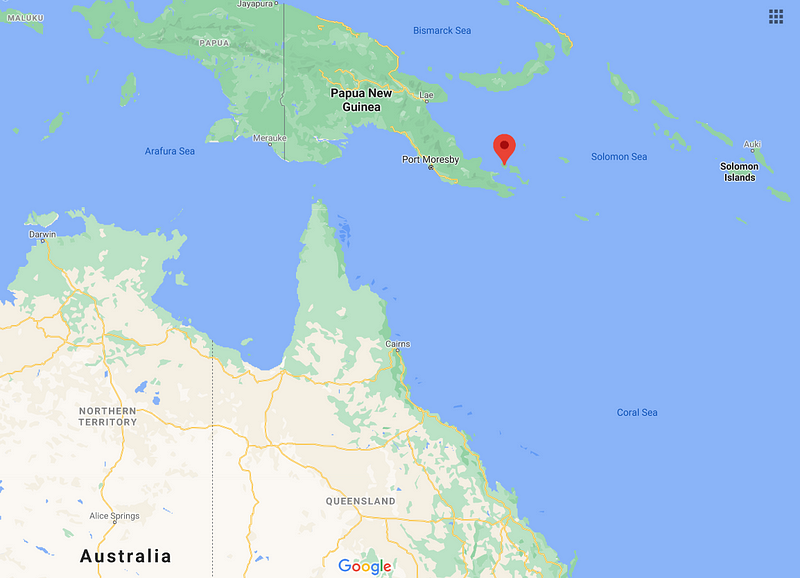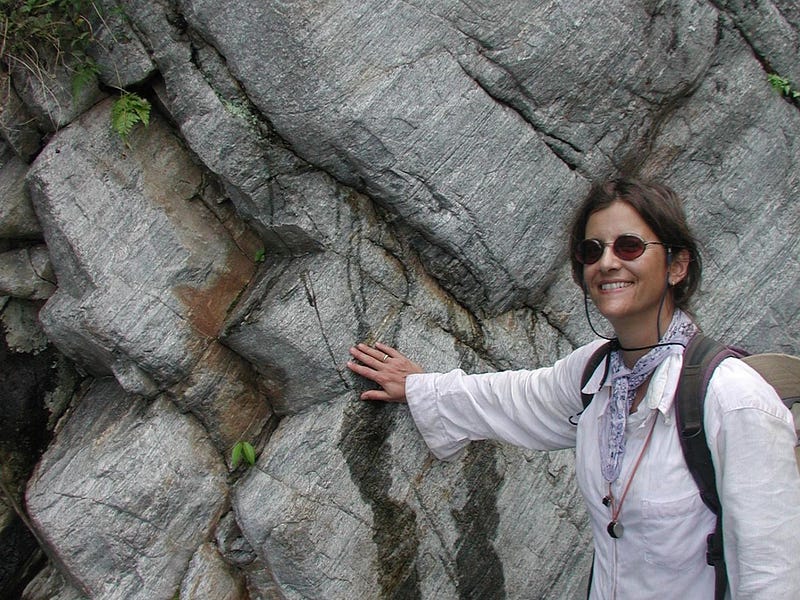Unraveling Earth's Secrets: A Journey Through Geological Time
Written on
Chapter 1: The Geological Detective Story
Geology serves as a forensic science, relying heavily on observational methods due to its limited capacity for experimentation. However, the Earth is adept at concealing its past. If a significant event occurred a billion years ago, geological processes such as plate tectonics and erosion likely obliterated most of the evidence. What remains is often a fragmented narrative, where clues may suggest various interpretations or might hold no meaning at all. It falls to scientists to weave these pieces into a cohesive story.
Subsection 1.1: The Role of Subduction in Geological History
Geologists have become skilled in piecing together clues, often using analogies or examining large-scale processes under a microscope. In Papua New Guinea, the narrative of plate tectonics is encapsulated in grains of sand. Professor Suzanne Baldwin and her team from Syracuse University recently shared their findings on fluid and mineral inclusions within garnet sands. These garnet beaches, while rare, offer a striking hue to the coastline, while the azure waters of the Pacific lap at its shores.
The Australian and Pacific plates, along with several smaller plates, are engaged in a collision beneath the ocean. This creates a subduction zone where denser oceanic rock is forced beneath lighter continental rock. The dynamics here are intricate, as both major and minor faults work to release the energy produced by these colossal colliding forces. As one researcher aptly noted, “Papua New Guinea hosts every conceivable type of plate boundary,” making it a fascinating yet challenging site for geological studies.

As the subducting plate is driven downward, the rocks undergo transformation due to extreme temperature and pressure. These changes leave behind evidence in the form of new mineral combinations and in the structure of the rocks themselves. This metamorphic process occurs globally wherever oceanic crust collides with continental land, whether along South America's coast or at New Zealand's Macquarie triple junction. What distinguishes Papua New Guinea is the subsequent process.
Subsection 1.2: Metamorphosis and Its Geological Impact
Typically, metamorphosis occurs deep within the Earth, beyond the reach of geologists. The transformation of rocks is a slow process, spanning tens of millions of years, which results in a disconnect between the changes at depth and their surface manifestations. Meanwhile, continents may drift significantly. In Papua New Guinea, however, this transformation occurs relatively swiftly in geological terms—within less than ten million years—allowing geologists to compare metamorphic rocks with their sedimentary counterparts within the same rock cycle and geographical setting. The changes did not vanish; they remained present.
As metamorphic rocks ascend to the surface, they face erosion from wind, rain, and ocean waves. Boulders break down into pebbles, eventually yielding sand. Minerals that were once fused by chemical interactions and shared histories are now separated by mechanical forces. Some minerals are too fragile to withstand this erosion, while others, like garnet, prove resilient, allowing them to be sorted by the ocean's currents. Minerals of similar densities are concentrated into placer deposits, turning what might have been a minor component in the original rock into abundant beach sand.

Section 1.3: Erosion and the Revelation of Earth's History
Despite the extensive weathering and transportation faced by these garnets, the grains remain largely intact. Encased within are tiny crystals of rare minerals along with fluid and gas inclusions—these are the telltale signs that Professor Baldwin and her team are investigating. One such rare mineral is coesite, a form of silicon dioxide akin to the quartz found in gardens. Coesite's rarity is attributed to its atomic structure, which can only form under extreme temperatures and pressures. This mineral serves as an indicator, revealing that the garnet and its source rock reached depths of approximately 75 miles before resurfacing.
Equally telling is what was absent: diamonds. The depth of 75 miles is nearly sufficient for diamond formation, yet the researchers discovered graphite, which can transform into diamonds under high temperatures and pressures. These rocks could not have descended much deeper without surpassing that threshold.
The geological scene unfolded as follows: after reaching their maximum depth, the rocks returned to the surface via lithospheric deformation. Erosive forces then broke down the rock, forming the garnet sands that Baldwin and her team studied. The cycle of rock formation and erosion was completed.
Chapter 2: Future Directions in Geological Research
The garnet sands of Papua New Guinea illustrate a broader cycle of subduction, metamorphosis, and erosion occurring globally along oceanic plate boundaries. Thanks to Baldwin and her team's research, we now have a clearer understanding of this process in this particular location, which may serve as a reference for geologists studying other regions where evidence is lacking. This research is vital not only for comprehending the geological processes over millions of years but also for understanding contemporary issues.
The subduction of oceanic rock into the upper mantle plays a critical role in Earth's carbon cycle. CO2 is absorbed in the oceans and deposited on the seafloor, primarily through phytoplankton, before being subducted. Eventually, this carbon re-enters the atmosphere through volcanic activity and erosion. Research like that conducted by Baldwin's team enhances our understanding of these processes and their timelines. This knowledge aids other researchers in refining climate models and predictions, particularly as CO2 and other greenhouse gases increasingly influence the atmosphere and biosphere.
This ongoing investigation is akin to solving a crime, and studies like these bring us closer to cracking the case.
In this video, titled "Man Trapped 10 Million Years Ago: Helping Dumb Monkeys Evolve Into Smart Humans," we explore the evolutionary milestones that shaped humanity, revealing the ancient conditions that led to our development.
The second video, "Something Has Been Making This Mark For 500 Million Years," delves into the geological processes that have left their mark on Earth over millennia, providing insights into the planet's history.